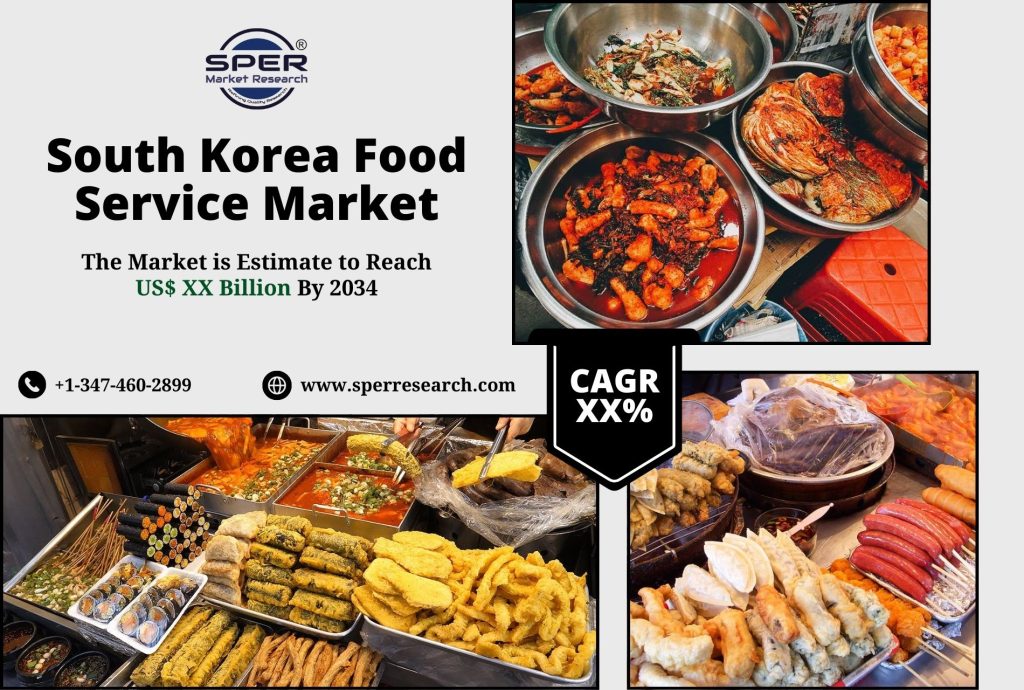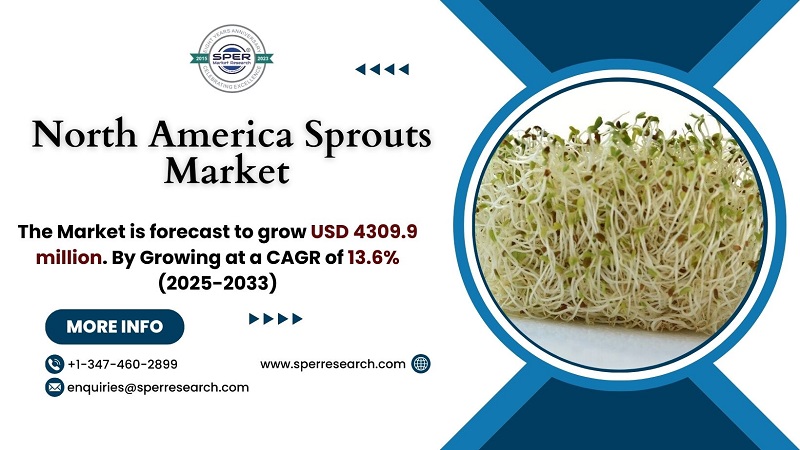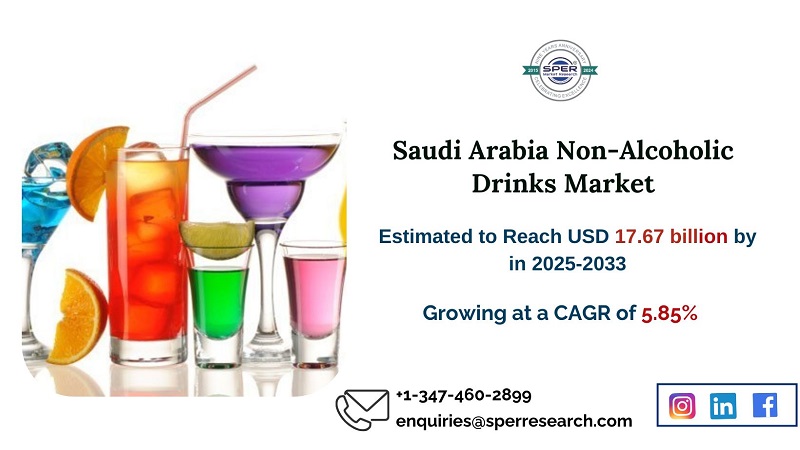Mineral enrichment ingredients are important nutrients added to food, drinks, supplements, and other products to improve their nutrition. These ingredients, like calcium, iron, magnesium, zinc, and potassium, are crucial for supporting body functions such as bone health, immune response, and metabolism. They are used in many products, from cereals and dairy to sports drinks and supplements, to help prevent deficiencies and enhance health. Their forms can differ, including powders and granules, to fit various manufacturing needs.
According to SPER market research, ‘Global Mineral Enrichment Ingredients Market Size- By Form, By End User, By Ingredient Type – Regional Outlook, Competitive Strategies and Segment Forecast to 2034’ state that the Global Mineral Enrichment Ingredients Market is predicted to reach 2.33 billion by 2034 with a CAGR of 4.14%.
Drivers:
The Mineral Enrichment Ingredients market is being driven by growing consumer awareness of the health advantages of critical minerals, as well as increased demand for fortified foods and beverages. As consumers prioritise nutrition and wellbeing, there has been an increase in demand for mineral-enriched products such as calcium, iron, and magnesium. Furthermore, the rising prevalence of mineral shortages in the world’s population is putting pressure on manufacturers to improve food formulas. Mineral fortification methods have also advanced, allowing for better absorption and bioavailability.
Request a Free Sample Report: https://www.sperresearch.com/report-store/mineral-enrichment-ingredients-market?sample=1
Restraints:
The high cost of mineral fortification is a significant barrier in the Mineral Enrichment Ingredients market. Enriched food and beverages frequently necessitate specialised processing techniques as well as the usage of high-quality minerals, which are costly to obtain and incorporate. These additional expenditures can have an impact on the final product pricing, making it less affordable for price-sensitive customers. As a result, manufacturers must balance the necessity for mineral enrichment with the economic viability of maintaining competitive pricing, particularly in price-sensitive markets. This difficulty is exacerbated by the necessity to achieve regulatory mineral concentration criteria, which raises production costs even more.
North America dominated the mineral enrichment ingredients market in 2024. The region has a strong health and wellness culture, with customers actively seeking out products that provide additional nutritional value. In North America, there is a considerable demand for functional meals and beverages, particularly mineral-enriched products. Some of the key market players are ADM WILD Europe GmbH & Co.KG, Barry Callebaut, Blommer Chocolate Company, Buhler AG, Cargill, Incorporated, and others.
For More Information, refer to below link: –
Mineral Enrichment Ingredients Market Share
Related Reports:
Follow Us –
LinkedIn | Instagram | Facebook | Twitter
Contact Us:
Sara Lopes, Business Consultant — USA
SPER Market Research
enquiries@sperresearch.com
+1–347–460–2899









